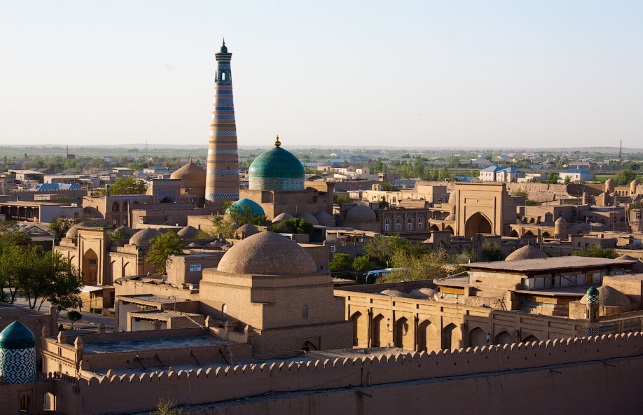
An oasis-fortress. The city of Khiva is unique even for Uzbekistan, because inside the city, which is called Ichan-Kala, is surrounded by ten-meter walls. In this part of the city all the ancient monuments are hidden, which we want to tell you about.

Street markets here are unique in their own way. At the walls of historical buildings of Ichan-Kala, street vendors offer their goods, dressed in traditional clothes for this area.
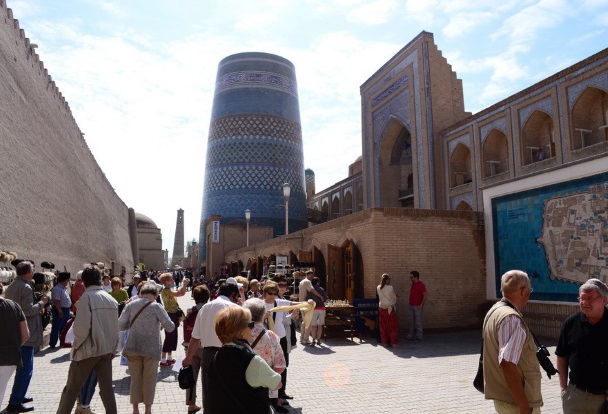
The streets of Khiva are truly unique. Walking along them, it’s hard not to notice the tallest building-the Islam-Khoja madrassah, as well as the minaret that towers over it. The height of the minaret is 57 meters.
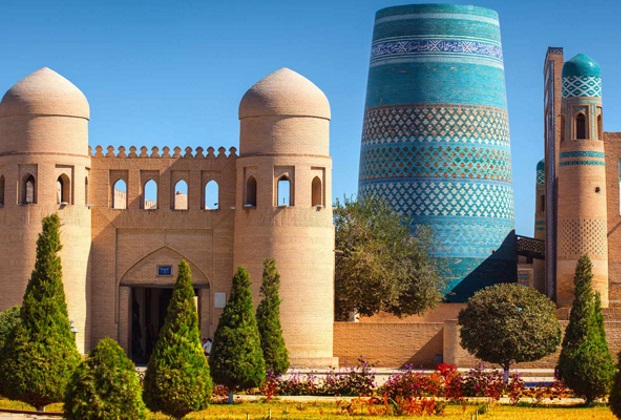
The mini-minaret is a magical place. Its walls are covered with glazed tiles with patterns that will not leave anyone indifferent. To get to the minaret, you need to go through the Western Gate of the city.
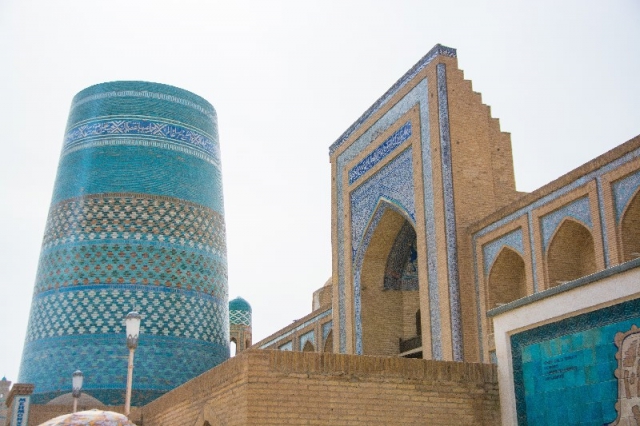
The unfinished business. According to legend, the minaret of Kalta-Minor was ordered to be build by the governor of Khiva Muhammad Amin Khan. He wanted to build such a high tower that from its top one could see the city of Bahur, which is located 400 kilometers from the city. The construction was started, but was not completed after the death of the ruler. The unfinished minaret remained to nowadays.
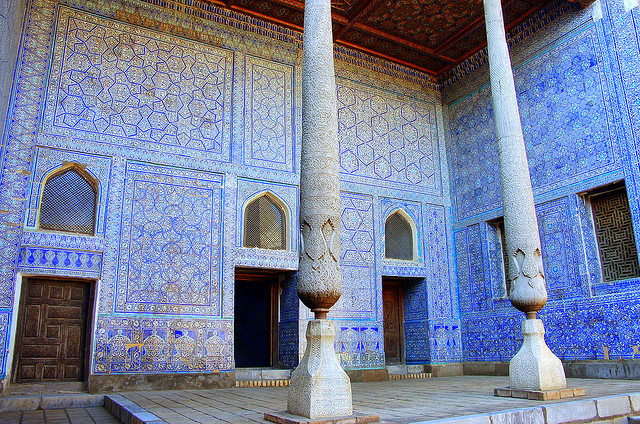
Amazing patterns cover the entire Summer Mosque, which is located inside the citadel of Kunya-Ark, which used to be the official residence of the rulers of the city. Inside the mosque is covered with a tile of local production, which was made in 1838.
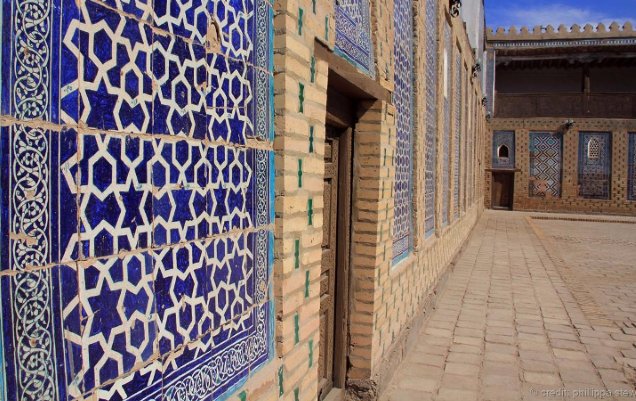
Colorful heritage. Exquisite tiles can be found on the walls of many buildings of the ancient city. To discover the treasures of the city, it is worth to wander through its streets and back streets.
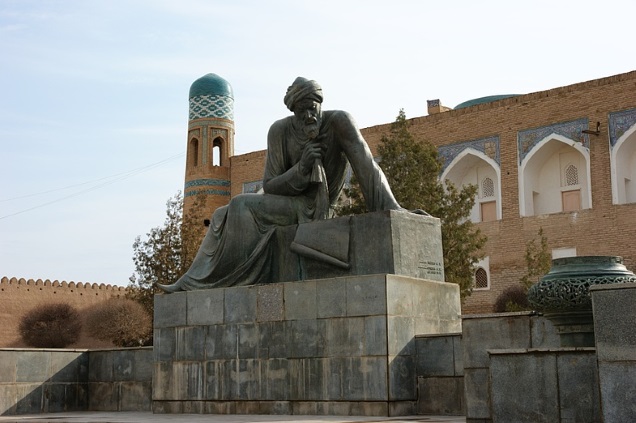
Inspiration of mathematicians. Central Asia has been a source of education for many centuries and Khiva is no exception. The Persian scholar Abu Abdallah Muhammad ibn Mussa al Khorezmi, who lived in Khiva, popularized the use of decimal fractions. And the very word “algebra” comes from his treatise “A short book on calculus by adding and contrasting.”
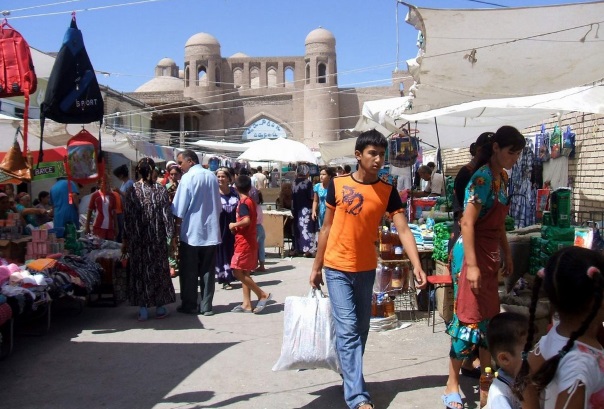
Life outside the city walls. Outside the historical center of the city you can see the real life of the majority of Khiva townspeople and feel the taste of the local life. Look, for example, at a busy market, which is considered an ideal place to absorb the smells and sounds of the ancient city.
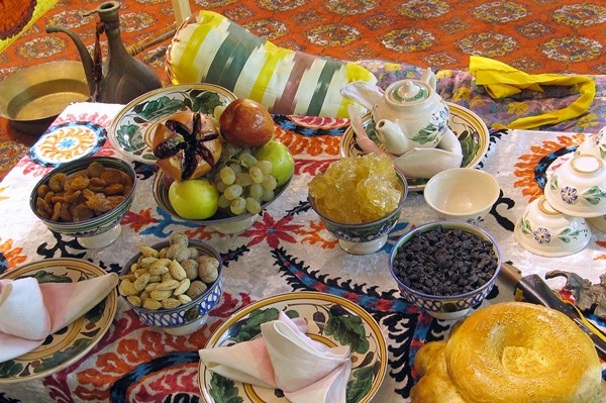
Tea time. Resting with a mug of tea is an excellent opportunity to absorb the beauty and historical spirit of this city. In general, tea plays a huge role in the history of Uzbekistan. Tea-houses here are called tea establishments, which have been popular since the days of Abu Abdullah Muhammad ibn Moussa al Khorezmi.